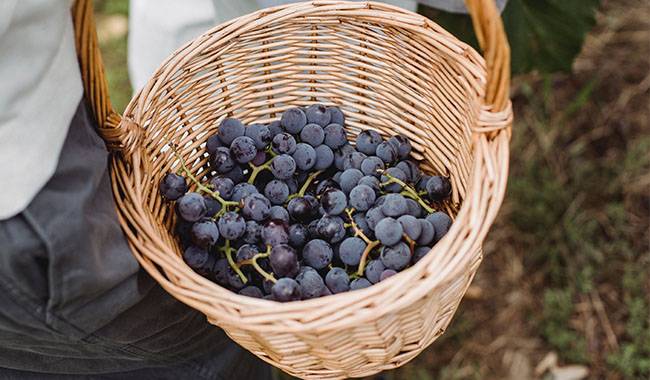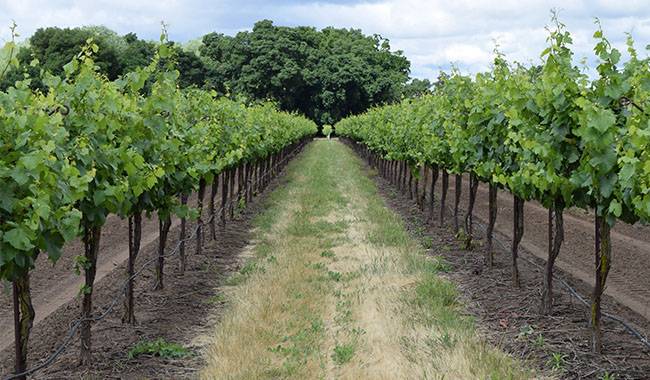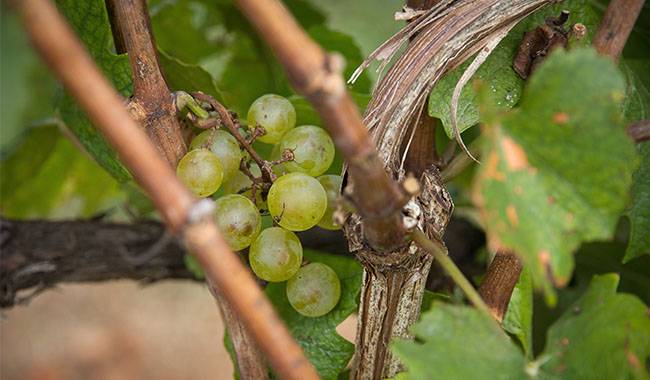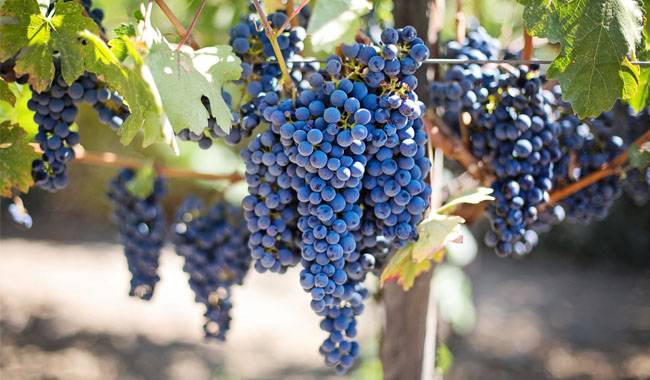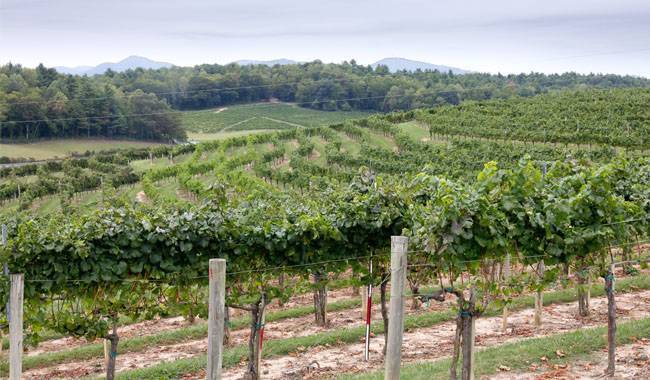
The grape has accompanied mankind since ancient times, quenching thirst, invigorating the soul, and healing the body. The grape has been grown in the United States since the end of the 16th century, with brief success. This success was short-lived as it succeeded in protecting the root system (under snow) from high loading temperatures of 32°F (0°C) during some snowy winters, while in the spring, it formed the ground for mass and harvest. Over time, it was recognized that the conditions in the United States required grape varieties with specific properties: increased resistance of the root system to high loading temperatures of 32°F (0°C) and increased resistance of the vines to winter frosts. To avoid losses, it is necessary to winter cover the vineyards, especially for table varieties, and you should do it correctly, as described in our article today on how to care for the grape vines in winter.
Preparing grapevines for the cold of winter
The varieties bred for California (undoubtedly the wine capital of the United States) and many eastern state regions have contributed to their development to the north, and today grapevines are forming good harvests in all of California.
But the grapes’ genetic memory of the past still requires growing conditions close to where viticulture originated: the necessary amount of heat and temperature, sufficient light and shelter from late fall and winter cold. Temperature fluctuations are more likely to cause the death of immature vines and young plants.
The old-time winegrowers had a whole range of winter shelters in their farm arsenal: spindles, burlap, mats, straw, nets, wooden frames, boards, etc.
Different types of coverings are used in the vineyards of Dacca and family plots, depending on the growing region, the duration of cold weather, snow cover, and the weather patterns of spring and fall.
The vine bushes must be prepared for covering. Otherwise, roots and vines may be gnawed by rodents, mildew and other fungal diseases may appear on improperly mulched vines, eyeballs may die, etc.
To properly prepare shrubs for winter, the following preparations should be made.
Water the vine bushes heavily during the dry autumn months.
- in September, fertilize the vine bushes with potash or phosphorus-potash fertilizer.
- Prune immature vines after the leaves have fallen. Immature vines are green or light green. Immature vines always freeze to death in winter.
- In addition to sanitary pruning of immature vine shoots, create a load by leaving 2-3 extra buds for control in the spring.
- Treat the vine bushes with a 3% solution of copper or iron sulfate, and other solutions of pest and disease control preparations.
- Prepare the above-ground part of the grape bush for mulching. Remove from the wire mesh and tie the shoots into loose bundles.
- Prepare the trench (if technology is provided) under the laid vines for mulching.
- Prepare the mulching material.
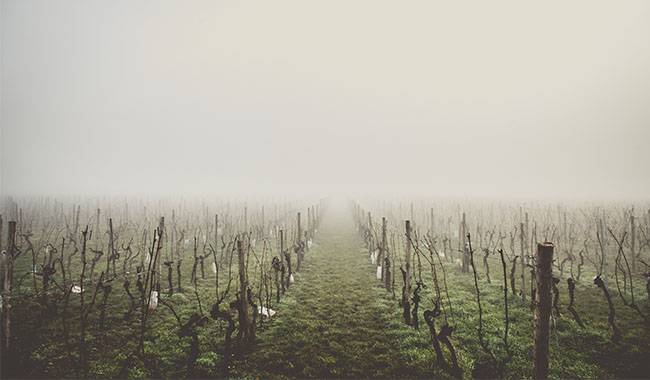
Disinfection of the mulching material
- Immediately after removing the mulch in spring, the spunbond, linen, and mats used for the vine mulch should be dried, cleaned, and treated with a working solution of antifungal preparations. Carefully stack them in a dry place until autumn to avoid the entry of precipitation.
- Wooden decorative panels, roofing felt, straw, and reed mats should also be carefully treated with a 5-7% solution of copper sulfate or other ingredients to prevent disease and insect infestation. Place them in neat piles under the canopy.
- In the fall, modify all prepared materials before mulching the grapes. Discard and destroy anything that has rotted.
- In autumn, prepare missing mulching mats such as reeds or straw, straw, fallen leaves, or sashes of coniferous trees. Dry the fallen leaves and treat them for fungal and pest problems.
- Prepare and dry bales of herbs and insecticides to protect against pests, including rodents (cinnamon, wormwood, marigold, marigold, and others). Insecticides from grass stems can be used to cover leaves, straw, and mats. You can also cover stems with sprays or rodent baits, or other insecticides.
Types of vine covers
Vine coverings can be divided into several types:
- Near-bolted vine cover.
- Semi-covered vines.
- Full vine cover in the cold season.
Regardless of the region, 1-2-year-old seedlings, European varieties that do not tolerate temperature fluctuations, and hybrids need to be covered.
Grape roots buried close to the stem
In the South, cover the grapes around mid-November. After preparing and implementing all the necessary measures to prepare the above-ground parts for winter, the grapes’ roots are covered.
As the grape roots start to freeze at 19-23°F (-7 to -5°C), a mound of soil forms around the stump at the first frost of 24-28°F (-4 to -2°C) below 32°F (0°C).
The soil between the rows is used to cover the grapes around the kernels. The soil is covered so that the lower part of the vine heads and clusters are completely covered. The mound should be at least 12inch (30 cm) in diameter and 4-10inch (10-25 cm) in height, depending on the age and root system of the bush.
Vines of mature, frost-resistant grape varieties can withstand frosts down to 5°F (-15°C). Once the root system is covered, simply remove the vine from the stand and place it on the bottom wire or through a mat on the ground (wooden boards, plywood). If the frost does not exceed 5°F (-15°C), no further covering is necessary. However, if the temperature drops further, you will be covered urgently.
Semi-covered grapes
In some U.S. states like California & many eastern states, semi-covering of bushes is used for frost protection. The difference is that only the part of the bush closest to the ground is protected from frost.
Given that the cold accumulates in the ground layer, the head, lower arms, and base of the buds of the bush are covered. The higher parts of the plant should be protected with a protective cover of straw, spindle, or old blankets. The protection should be at least 2inch (5cm). The wraps should be secured with twine to prevent them from being torn off by the wind. Be careful not to break the buds.
The above-ground part of the vine can be covered in another way. Make shallow trenches on the sides of the bush. Bend the cuttings to the ground and pin them up while covering them with soil. The curved shoots can be kept above the ground. Leave them open or cover them with various materials. You can use mats, old blankets, plaids, spunbond or agricultural fibers. Cover carefully so as not to break the buds.
Place a layer of cling film over the cover, secure it with a willow bow or twine, and cover the edges with soil. Leave vents at the bottom to prevent the bush from becoming moldy during the autumn heatwave.
The mature vines of young vine bushes can simply be placed in a shallow trench dug and covered with 4-6inch (10-15 cm) of soil. To ensure that water does not accumulate in the open space between the rows where the soil was taken back, be sure to dig through this area.
You can carefully bundle the short bush into a loose bundle and wrap it with insulation. This will create a winter cloak for the bush.
Cover grape seedlings with bottles for the winter. It is easiest to use clear bottles of 0.8-1.3 Gal (3-5 liters). Cut off the bottom and drive the bottom of the bottle into the ground. The cork is unscrewed. Cover all sides of the bottle with soil.
Full coverage of vines
Complete the mulching of the vine bushes in areas with winter temperatures below -4°F (-20°C). After all, preparations have been made, cover the bush with soil. Remove the vines from the trellis, carefully bundle them into a loose bundle and place them on a prepared bed of slabs, planks, or plywood. These serve to insulate the vines from the ground. It was imperative that the vines be isolated from the ground.
The vines were nailed to the ground with arches so that the tied vines would not arch up high. Cover the above-ground part of the plant with pre-prepared mulching materials: sacks, lattices, reeds, straw mats. The mulching material should always be natural; artificial materials do not retain heat. The vines may die. Carefully tuck the shelter in.
The insulation is stretched to the top and secured with arch support or a U-shaped structure. Cover the ends of the foil with soil, making sure the foil does not touch the buds. Make sure to leave a gap to prevent the vines from steaming up.
Some grape growers nail prepared vines to the soil in arcs and cover them with 6-12inch (15-30 cm) of soil or, if it snows, with snow.
If it is not possible to remove the vine from a trellis or other high support, wrap and secure it to the support. Protect the roots alone, but be careful. Cover the head, lower sleeve, and trunk with a mound of soil, cover it with twine and cover it again with twine. Cover it with snow and make sure it serves as a cap to cover the Lapnikom. do not let it become bare. Otherwise, the vine may freeze.
In cold areas with prolonged frost, make a house or box out of Lapnikom or planks covered with dry leaves or straw. It is covered with straw mats or mats and covered with slabs of thick boards. In spring, the structure can be removed and cleared of bushes.
It is best to cover young or small vine bushes with this type of construction. It is also possible to cover vines that have been removed from the trellis and tied into loose bundles. When mulching with leaves or straw and with any other type of mulch, be sure to place rodent-proof bait at the base of the trunk and cover it with insecticidal plant stems. Rodents will not come to such a house.
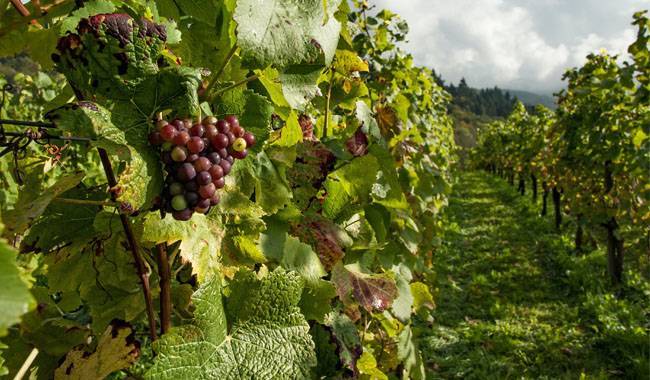
Vines opening in spring
Open the vines in the third decade of April or in early May. As the steady warming begins, the mulch should be removed to prevent the formation of condensation that kills the swollen shoots.
When the first shoots appear, all vine cover should be removed. It is best to remove the mulch in the evening or on a cloudy day so that the seedlings and shoots do not get sunburned. All mulch should be collected and burned or moved to the area between the rows and covered with soil. The mulch will decompose and act as an organic fertilizer.
As a stable positive temperature emerges, rake away the soil, loosen the base of the vine poles, the lower sleeves, and lift the vines onto stands. During the same period, the condition of the vines is monitored. Loosen the soil with a rake to bring oxygen to the roots. If the bushes are simply covered with roofing felt or aluminum foil and then covered with snow, the snow cover will be raked off, leaving only a permanent mulch.
On warmer days, the film or felt can be taken off, dried, and the vines covered again at night until a stable positive temperature is established.
When growing grapes in colder areas, preserving them requires a great deal of work and effort. Therefore, it is best to grow winter-hardy varieties in greenhouses that do not require complex protective structures, either uncovered or under root protection only.
Undiscovered vine varieties suitable for growing in the countryside
For the home gardener, three main types of grapes need to be considered: American ( Vitis labrusca ), European ( V. vinifera ), and French-American hybrids. American grapes are the most hardy, while European grapes – -often better suited for wine than for the table-perform well in warm, dry, Mediterranean-type regions. Hybrid varieties tend to be both cold-hardy and disease-resistant, but not as tasty as European grapes. That is, another American grape in cultivation is Muscadine (V. rotundifolia), which is native to the southern U.S. Muscadine’s thick skin makes it best suited for jam, wine, or other processed grape products.
The following for the list of varieties used for making wine.
Albariño, Cabernet Sauvignon, Chardonnay, Gewurztraminer, Grenache, Grüner Veltliner, Malbec, Merlot, Pinot Gris/Pinot Grigio, Pinot Noir. Riesling, Sauvignon Blanc, Syrah/ Shiraz, Tempranillo, Viognier.
More related information about growing grape vines




